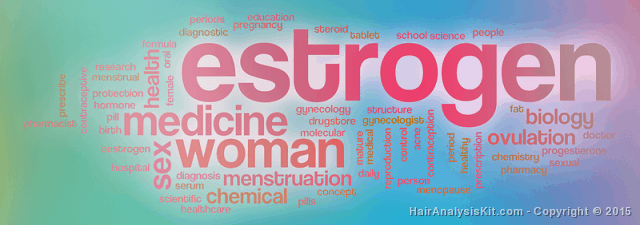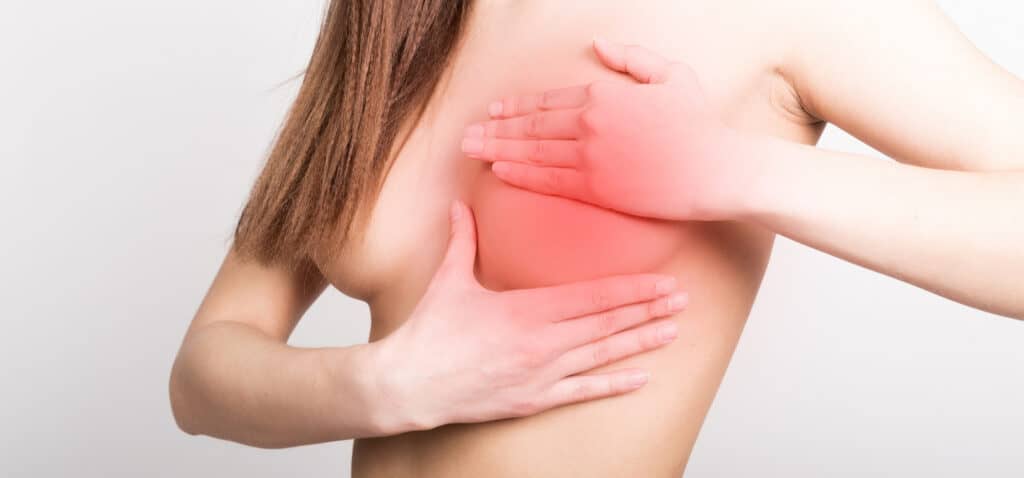
The physiology of the stress response: can make you fatigued, affect your blood pressure, and can cause weight fluctuations.
But adrenal fatigue also sets you up for estrogen dominance. This predisposes women to:
- PMS: irritability, weepiness, anxiety, depression, mood swings
- Breast tenderness
- Severe menstrual cramping
- Heavy, prolonged bleeding (menorrhagia)
- Spotting between cycles
- Thick clotting in blood
- Acne
- Hot flashes and night sweats
- Water retention
- Fibrocystic breasts
- Fibroids
- Migraines
- Endometriosis
This is because all of the adrenal hormones have a common ancestor: cholestrol (see the chart below. This is a MAJOR reason why it’s not a good idea to drive cholesterol too low, by the way!)

As you can see, progesterone (the main hormone that counteracts estrogen) is a precursor in the adrenal glands for both cortisol and another adrenal hormone, aldosterone (the one responsible for blood pressure changes).
What Progesterone Does
While estrogen encourages tissue proliferation (i.e. makes more of your endometrial lining, which can lead to heavy periods), progesterone does the opposite, nourishing the endometrial lining in case you get pregnant. It also counterbalances the estrogen dominance symptoms above, helping to lift the mood, restore libido, improve memory, assist with sleep, and protect against endometrial cancer.
In a Competition against Progesterone, Cortisol Wins
Of the adrenal hormones, cortisol is the most important. Too much is a problem, but too little is disaster. If the body has to choose which of the steroid hormones to make, it’ll pick cortisol every time. This means in times of high stress, when we need more cortisol to counterbalance adrenaline, our bodies will pass right on through the progesterone stage and make cortisol.
The Take-Home Message:
In times of high stress, PMS and menopausal symptoms are likely to get worse. No assessment of hormones can be made without assessing Thyroid & Adrenal glands, Liver & Gut function & how the body is handling Blood Sugar. l use Hair Tissue Mineral Analysis (HTMA) coupled with a specific Blood test to provide information on the above. Remember true healing is achieved by addressing the root cause of the issue & not just concentrating on treating the symptoms.












